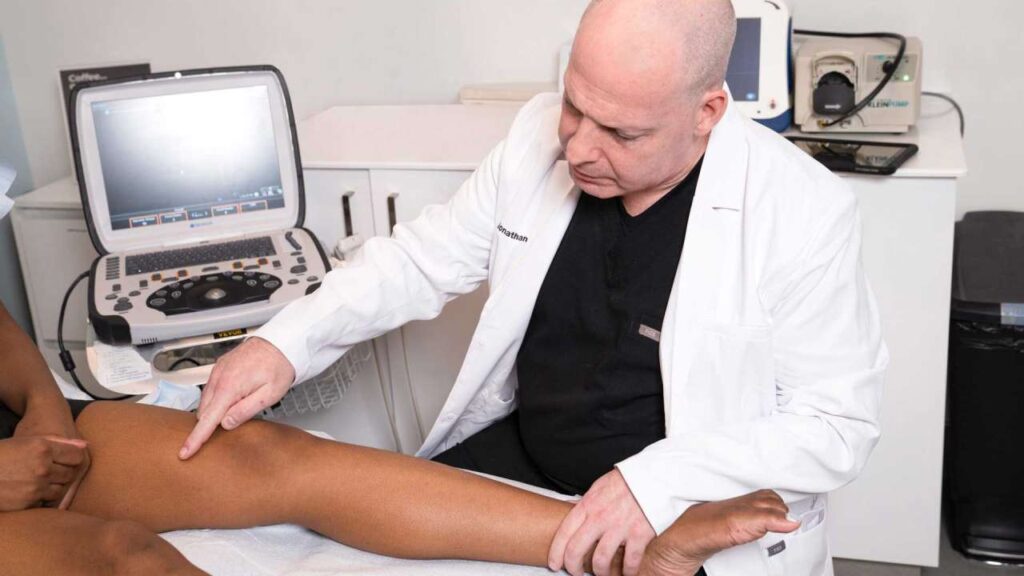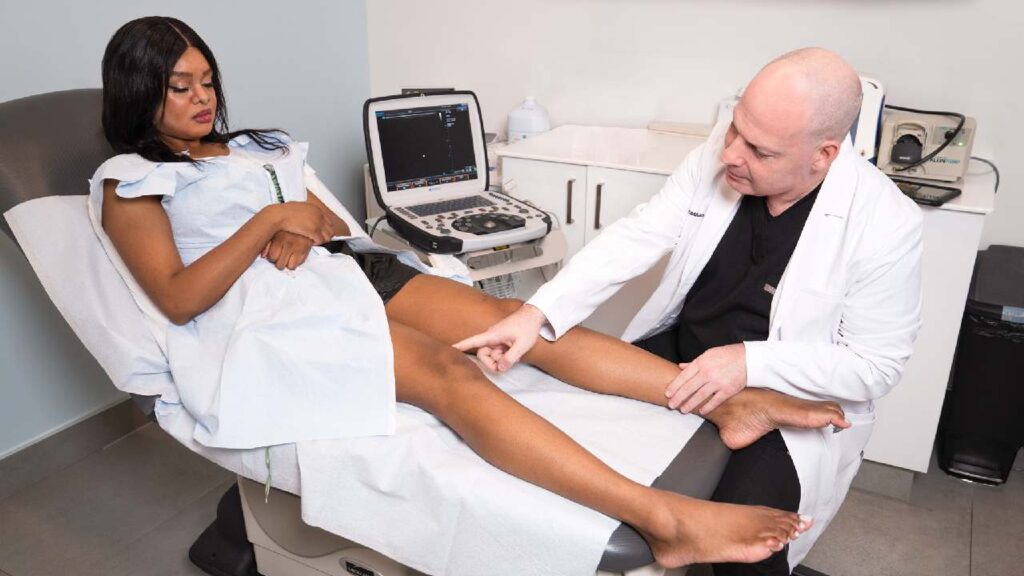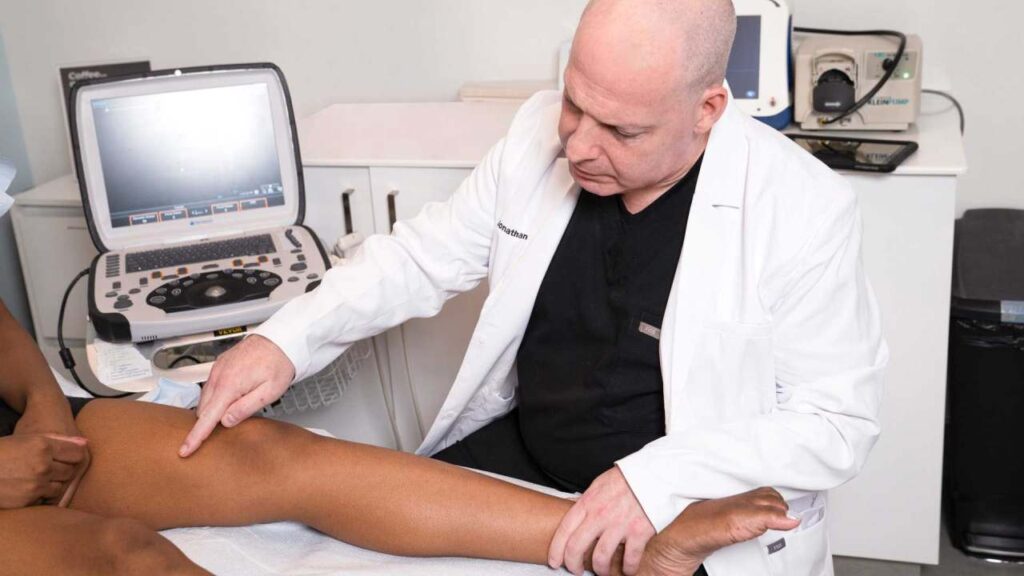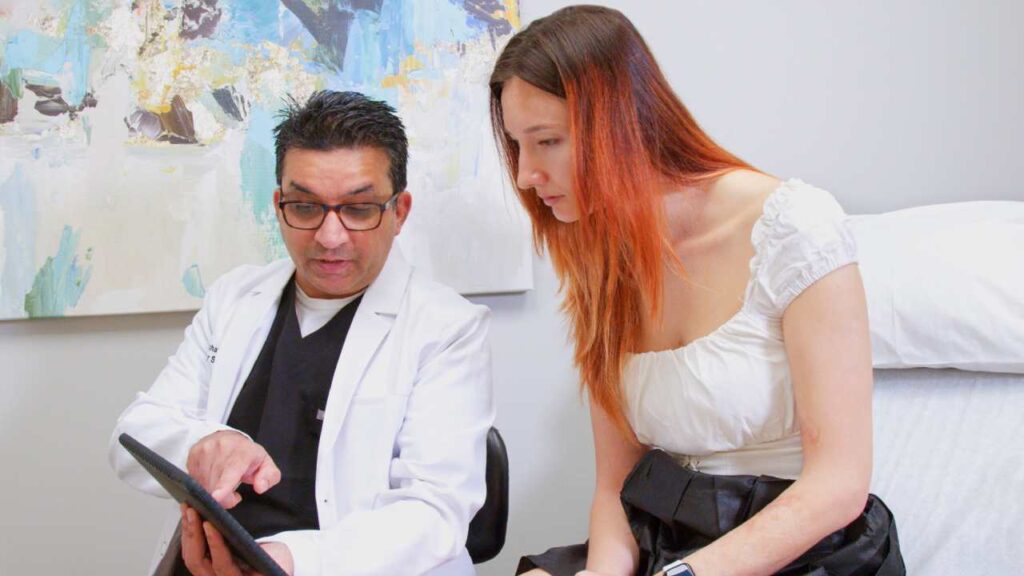Treatment for venous insufficiency used to be limited to surgical operations, but advances in biomedical research have made it possible to treat this disease with minimally invasive techniques. Rather than a lengthy operation followed by an even longer hospital stay, minimally invasive procedures take around an hour and require just a minor incision to be performed. This means that minimally invasive operations are less risky, take less time, and require less recovery time after leaving the medical center.
Non-surgical and minimally invasive vein therapy procedures, such as radiofrequency ablation, VenaSeal, or varithena, are the best vein treatment choices.
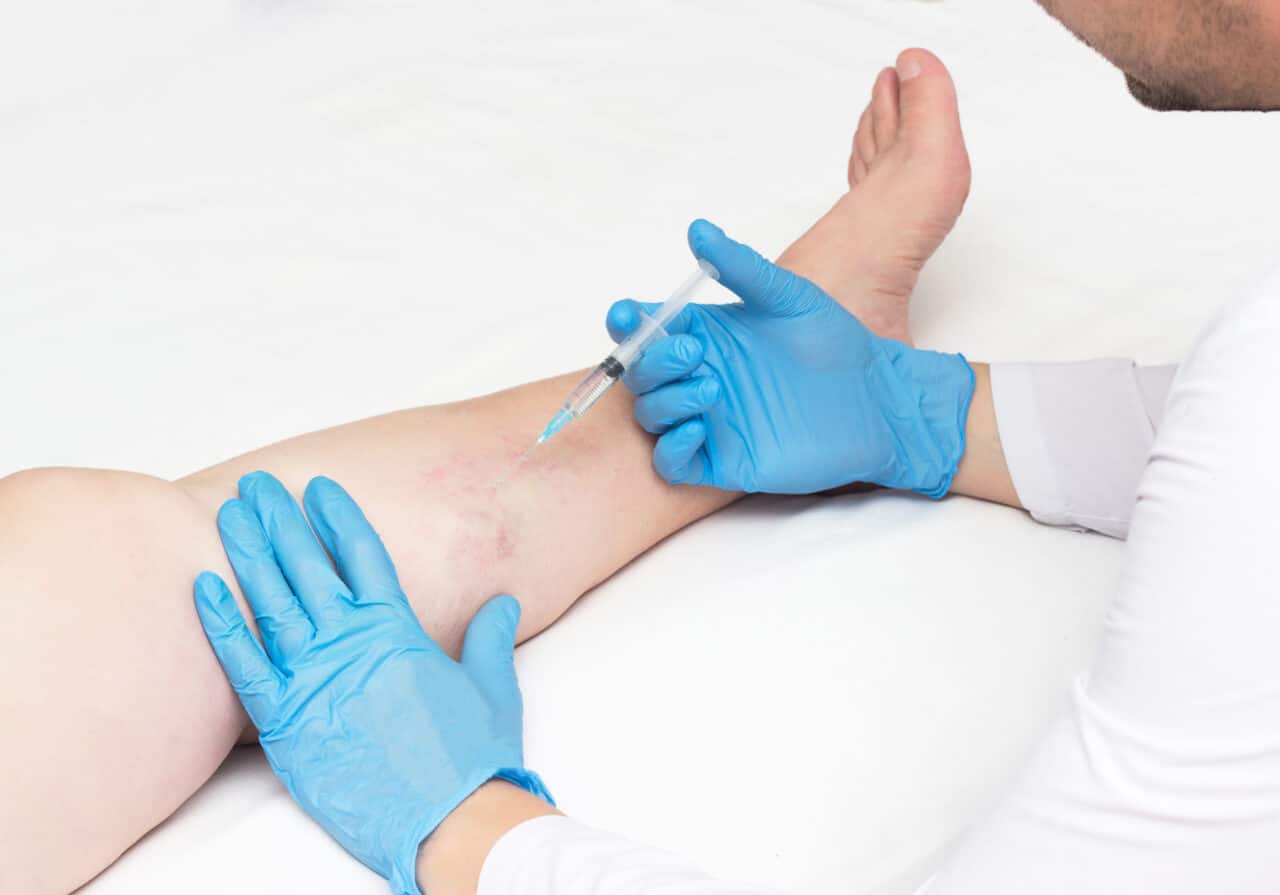
Radiofrequency Ablation
A topical anesthetic is administered before a tiny catheter is placed into the unhealthy vein, with the vein specialist guiding the catheter to the correct location using ultrasound imaging. After a numbing solution is injected into the vein, the catheter is energized and heat energy is supplied to the vein walls to close them down. The procedure has over 97% success rate, takes less than an hour at a vein center, is effective immediately, and is associated with minimal pain and discomfort.
VenaSeal
VenaSeal is an FDA-approved vein adhesive that seals the saphenous vein in the leg, which is the root cause for most varicose veins, without the use of a local anesthetic. Within seconds, the VenaSeal glue shuts the damaged vein and reroutes the blood naturally through the healthy veins in your legs. This is also a vein treatment option that requires little recovery time, is extremely successful, and causes little discomfort, allowing patients to resume regular activities the next day following their appointment at a vein treatment center.
Varithena
Varithena is a sclerotherapy foam that is injected into the vein by a vein doctor to lessen the look and symptoms of large, bulky varicose veins. The surgery, like the other two above, seals off the damaged veins before rerouting blood flow, takes less than an hour at a vein clinic, and there is no pain or discomfort involved.
Historically, surgery was used to treat vein illness, but minimally invasive technologies have quickly come to the top of the list of recommended treatment options for both patients and vein doctors since they are safer, easier for patients, and more successful. Here are several surgical treatments for treating vein disease that should be avoided because they are nearly never the suggested treatment method.
Vein Ligation
Vein ligation is the process of tying veins through a tiny incision in the skin to prevent blood from pooling in the lower extremities. This is only done if there is evidence of injury to the primary saphenous veins from which the varicose veins branch. Because of the incision, this is an invasive vein therapy procedure with a longer recovery time.
Venous Bypass Surgery
A vein graft is used in venous bypass surgery to provide a new conduit for blood flow around a blocked vein. This is only used as a last option after all previous vein therapies have failed to bypass the most severe venous insufficiency obstructions. As we’ve often stated, minimally invasive vein therapy treatments are always the superior option.
Phlebectomy
The term phlebectomy is made up of two parts: phleb (vein) and ectomy (surgical removal). A phlebectomy removes big varicose veins rather than treating the cause of varicose veins to return them to normal size. This procedure requires micro-incisions in the ѕkіn and a ѕmаll hoоk is used to remove the veins, which is just as invasive and uncomfortable as it sounds. It requires a significant amount of recuperation time, which minimally invasive treatments, which are significantly safer and less painful, do not.
Going through the top 3 best and worst treatment options for venous insufficiency, there is one thing that all of the top three best treatment methods have in common: they are minimally-invasive treatments. For vein treatment, you should always choose a vein specialist at a vein center that offers minimally-invasive procedures, to ensure that you are receiving the highest quality of care.
Our Vein Treatment Clinic location in New York City is conveniently located in the heart of New York (the Big Apple!), near notable landmarks such as the Chrysler Building and Madison Square Park. The vein treatment center is easily accessible by train at both Grand Central Station and Penn Station. You can schedule your consultation with any of our three incredible vein doctors and be assured of the best possible care.
Dr. Sareh Rajaee is a Yale-trained vascular surgeon with extensive experience in vein and arterial disease. Her success rate with spider veins and varicose vein removal is excellent, but her priority isn’t the numbers. She believes in a holistic approach towards patient care, so strives to build relationships with her patients and advocate for their well-being.
Dr. Juan Montoya is a Yale-trained double board-certified specialist in venous medicine and cardiothoracic surgery. He is highly experienced in the latest minimally-invasive vein treatments to treat Chronic Venous Insufficiency and is bilingual in English and Spanish.
Both of these vein doctors are board-certified, approachable, and prioritize patient care above all else, as they strive to provide everyone who sets foot in the vein treatment center with a pleasant visit. Check out the Vein Treatment Clinic location in New York City for vein treatment today!
